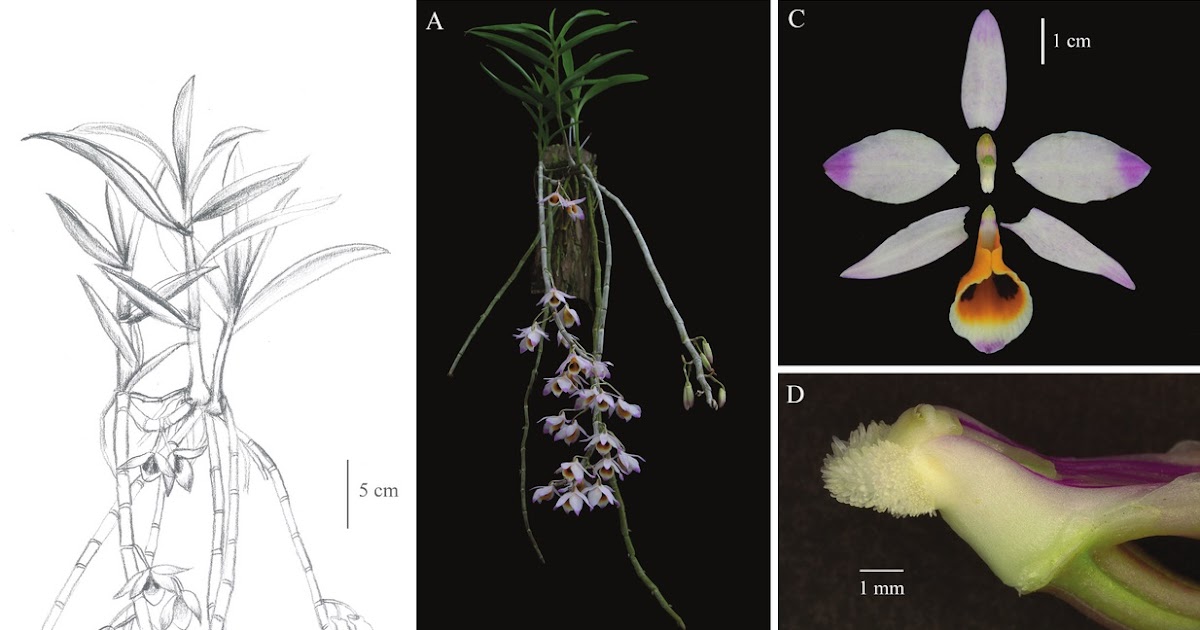
In 2013, researchers from the Max Planck Institute for Psycholinguistics in Nijmegen, Netherlands, uncovered a remarkable phenomenon : a word understood universally across the globe. This monosyllabic utterance, known in various forms such as “huh ?”, “hein ?”, or similar variations, appears in natural conversations across 31 studied languages, from Icelandic to Zapotec and Mandarin.
The team’s groundbreaking research involved analyzing informal exchanges in diverse settings, from bustling metropolises to remote villages. In some cases, linguists immersed themselves in isolated communities for weeks, observing and recording spontaneous conversations. Their goal was to identify common elements in linguistic interactions, and what they found was truly remarkable.
This tiny word, often overlooked in everyday language, serves a vital purpose in human communication. It’s used to express a lack of understanding or to request clarification, distinguishing itself through its simplicity and effectiveness. Unlike words shared between related languages, such as “chat” in French and “cat” in English, this universal word seems to have no common origin, having developed independently across various cultures and geographical contexts.
Phonetic characteristics and evolutionary convergence
The linguistic mystery deepens when we examine the phonetic characteristics of this universal word. Across different languages, it shares common features :
- Always monosyllabic
- Pronounced with an interrogative intonation
- Often accompanied by a slight glottal stop (a brief sound produced in the throat)
These phonetic properties, while varying slightly between languages, are sufficiently similar for the word to be immediately recognizable across cultures. This observation challenges one of the fundamental principles of linguistics : the arbitrariness of the sign. Generally, there’s no direct link between a word’s sound and its meaning. However, this universal word seems to be a notable exception.
To explain this universality, researchers propose the idea of evolutionary convergence. This concept, borrowed from biology, describes the independent development of similar characteristics in distinct species facing the same challenges. For instance, dolphins and sharks have evolved comparable body shapes to adapt to their aquatic environment. Similarly, languages appear to have converged on a common solution to address a universal need : managing misunderstandings in conversations.
Unlike a mere instinctive cry, this word is learned and acquired during linguistic development. Children integrate it by observing its use in social interactions, distinguishing it from universal sounds like crying or groaning. This gradual acquisition demonstrates that it’s not a simple reflex, but a refined linguistic response shaped by the necessity to maintain the flow of verbal exchanges.
The role of the universal word in human interaction
The importance of this linguistic tool in conversations cannot be overstated. When a misunderstanding occurs, this minimalist universal word allows for immediate signaling of the problem without disrupting the dynamic of the exchange. In its absence, misunderstandings could accumulate, rendering communication ineffective.
Its phonetic simplicity and interrogative prosody make it an optimal tool for quickly reacting and clarifying a situation. The study’s authors, awarded an Ig Nobel Prize in 2013, explain their choice : this word meets precise criteria. It’s easy to produce and immediately comprehensible, yet distinct enough to convey a clear message.
This simplicity makes it a cornerstone of human communication, transcending cultural and linguistic boundaries. Gifted individuals might find this linguistic phenomenon particularly intriguing, as it exemplifies the intricate yet universal aspects of human cognition.
The universal word showcases how language responds to universal needs. Human interactions rely on essential mechanisms, and these subtleties ensure mutual understanding despite the diversity of languages. It’s a testament to the adaptability of the human brain, which continues to evolve and optimize communication strategies throughout our lives.
Implications for linguistic research and human development
This linguistic discovery opens up new avenues for research in various fields, including :
- Evolutionary linguistics
- Cognitive science
- Anthropology
- Communication studies
It provides insights into the fundamental nature of human communication and the evolution of language. Just as fossil teeth can reveal secrets about human childhood, this universal word offers a glimpse into the development of human communication strategies.
Furthermore, understanding the role of this word in maintaining conversational flow could have implications for language teaching and speech therapy. It might even inform the development of more natural-sounding AI language models.
| Aspect | Implication |
|---|---|
| Language Evolution | Suggests common cognitive processes across cultures |
| Communication Efficiency | Highlights the importance of simple, universal cues |
| Cultural Exchange | Facilitates understanding in cross-cultural interactions |
As we continue to unravel the mysteries of human communication, this universal word stands as a testament to the ingenuity and adaptability of our species. It reminds us that despite our differences, we share fundamental ways of connecting and understanding each other. This linguistic phenomenon, much like groundbreaking discoveries in human biology, offers a unique window into the shared aspects of human experience across cultures and languages.









Leave a Comment